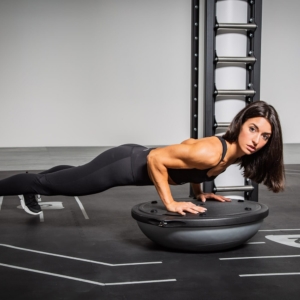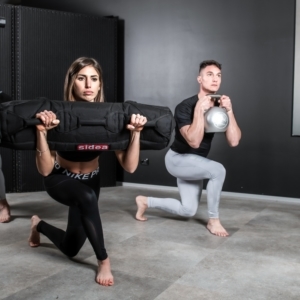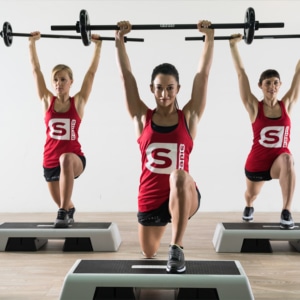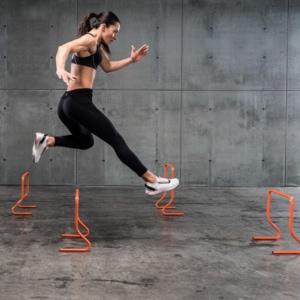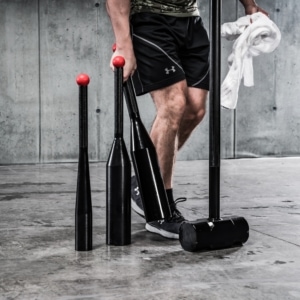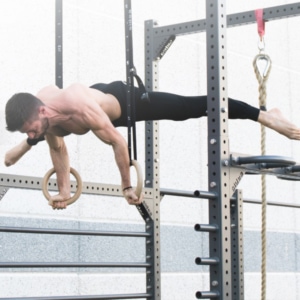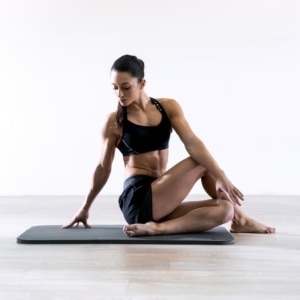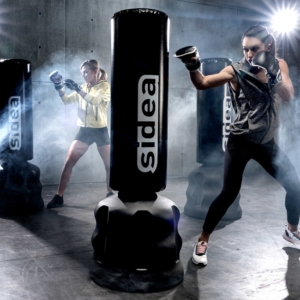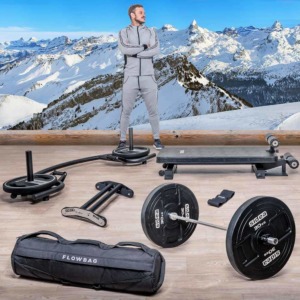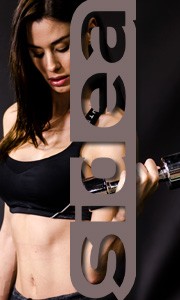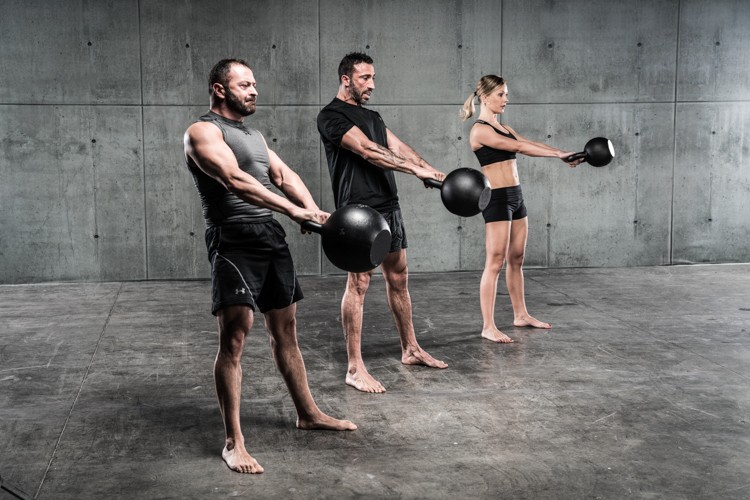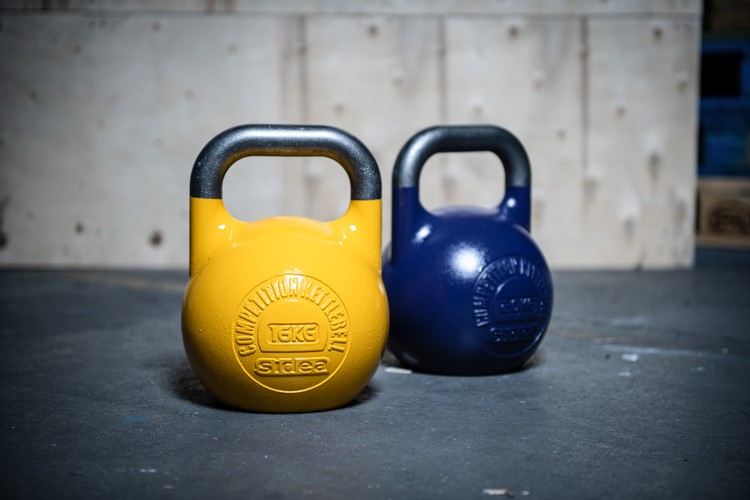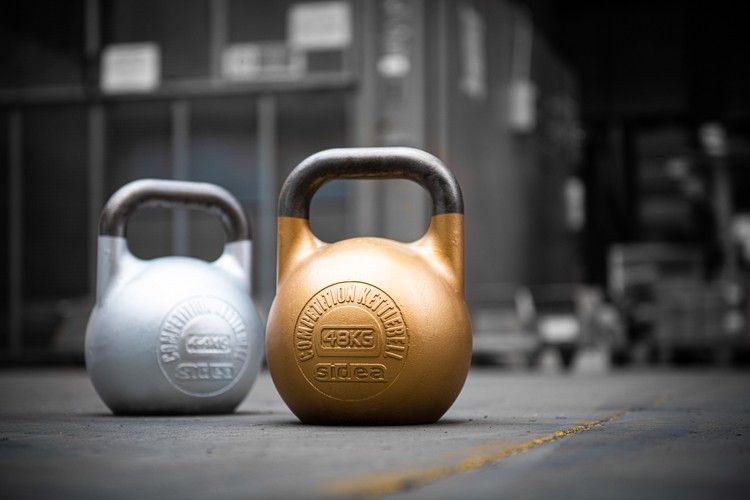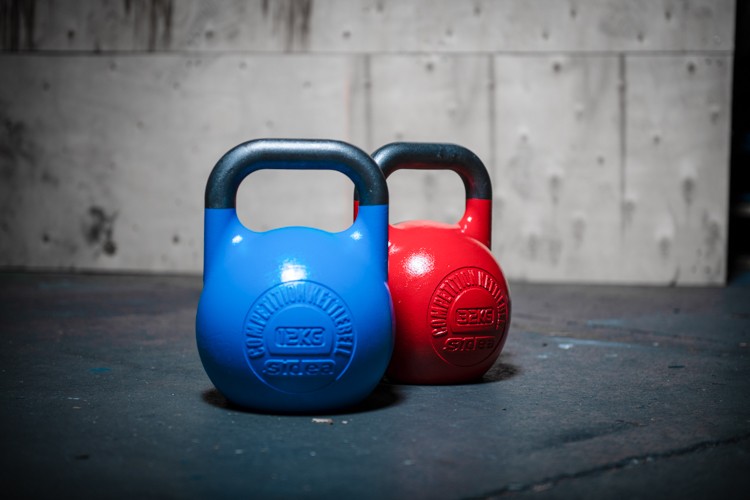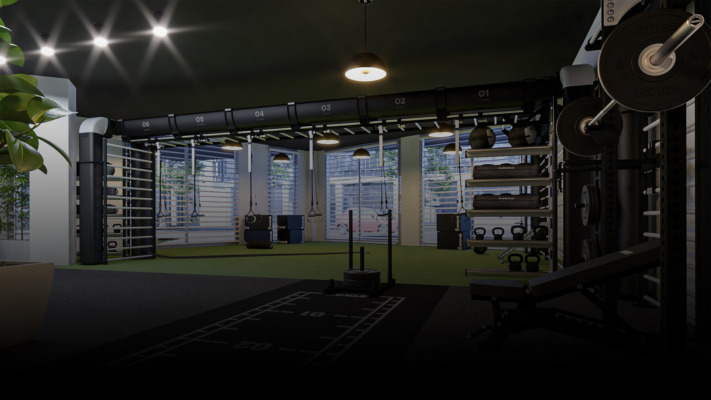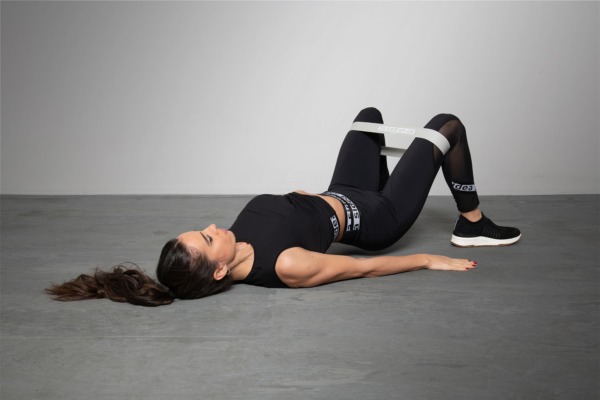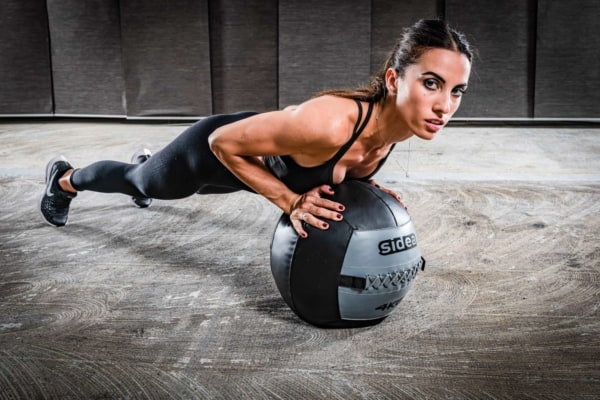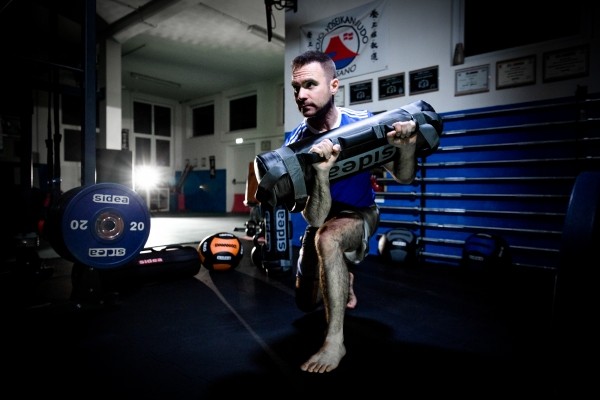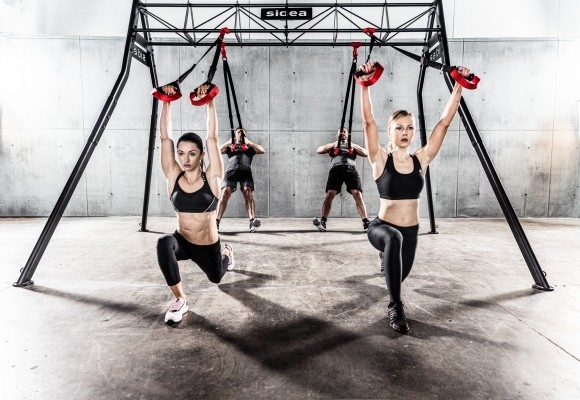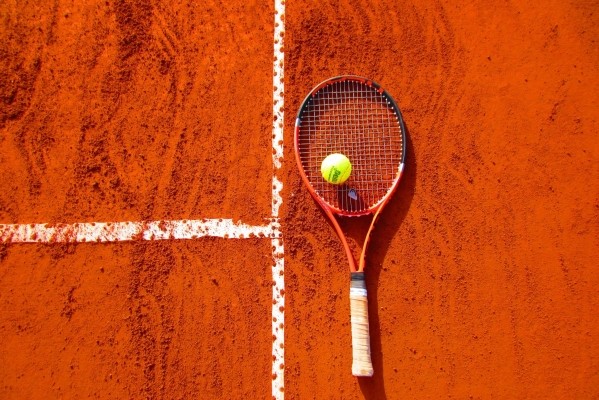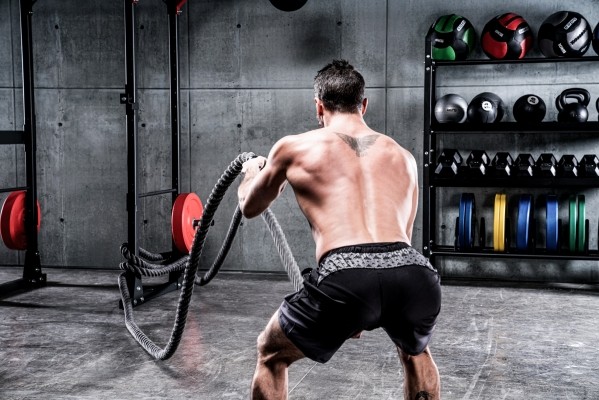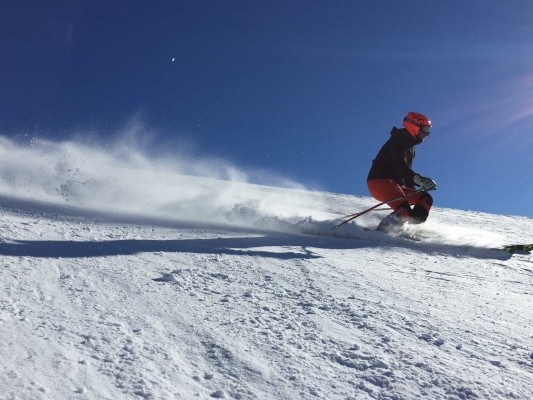🇮🇹 Leggi in Italiano
Although the kettlebell was introduced in sports contexts with the Girevoy Sport competitions in its gyria format (the Russian term for the Competition model), in the last decade it has spread in almost every sport or physical context, from commercial gyms to professional clubs of different sports, including applications in functional rehabilitation and post-traumatic recovery centers.
The reason behind this success is due to the extraordinary technical features of this tool, which is as much simple and rough as it is effective and innovative.
The decentralized mass with respect to the grip provides to the kettlebell an extreme versatility, as it is possible to use it for the traditional weightlifting exercises (Squat, Press, Overhead Squat) but also for ballistic exercises that are particularly suitable for the Kettlebell Training (Swing, Clean, Jerk, Push Press).
All the essence of this tool is indeed included in one particular feature, which is the possibility to develop wide trajectories at the highest power available, all this completely safely and while improving also the grip strength.
Sports applications of the Kettlebell Training
This tool can be suitable for all the sports in which coordination, stability, strength, speed, power and endurance are required. In addition, using the kettlebell can be also useful to indirectly condition the joint mobility during the eccentric phase of the ballistic exercises and the proprioception in controlling an highly unstable tool along wide trajectories that tend to unbalance, and therefore to condition, the controlling capabilities of the fulcrum of the body. All these characteristics make of the kettlebell an extremely useful tool in conditioning the coordinative capabilities for every sport.
Why does the kettlebell perfectly integrate also in the general aesthetic fitness training?
Whether you are a professional bodybuilder or a simple fitness enthusiast that wants to improve his or her physical condition, the kettlebell allows you to work on your strength and endurance and to fill in the weaknesses of traditional weight-room training and cardio-fitness. Kettlebell Training is indeed included in the more general concept of functional training, which aims to involve the whole body in every single exercise, and the result of this is a much higher impact on the neuromuscular-strength and on the metabolism than the traditional sectoral training. This leads to quality and stronger muscles, a better shape and a better performing body.
Kettlebell in postural and post-traumatic rehabilitation
Behind a postural and post-injury rehabilitation process, there must be a complete consciousness of the physical and motor situation of the athlete. This involves a work that must be based on the global joint mobility of the body and must bring to the development of a new postural setting both in statics and, most of all, in dynamics. The subject must reach a total control on his neutral posture and must be able to move during the normal day-by-day and sports activities without creating imbalances in parts of the body that are not meant to perform that particular movement. Thanks to its unique characteristics, the kettlebell is a great help for a physiotherapist or a personal trainer, especially when they have to work on the stability, coordination and strength of the athlete. These are indeed features that must be trained together with the joint mobility and the proprioception, so as to reach an effective and long-lasting recovery.
> Check Sidea Kettlebell models
Obviously, for these extraordinary applications of Kettlebell Training, it is necessary to have a perfect technical knowledge of the tool, of its characteristics and functionalities. The technique of the exercises performed with tools like the kettlebell can not be improvised, because an inappropriate use could bring not only to a failure in achieving the objectives set, but also to a high probability of incurring injuries during their use.
Those who want to approach the Kettlebell Training must absolutely rely on instructors with the necessary professional and technical skills to adapt the right application to any kind of particular need or specificity of the subject. Only a qualified instructor indeed has the competence to transmit in the most effective way and in a short period of time the necessary technical capabilities to correctly perform the exercises.
Technique (respecting the biomechanics of the human body), clear goals, learning progression and planning are the key elements of an Instructor’s sports training, and they are even more important if you want to appreciate the kettlebell not only as a tool, but as a real Training System.


